Daily Inspiration
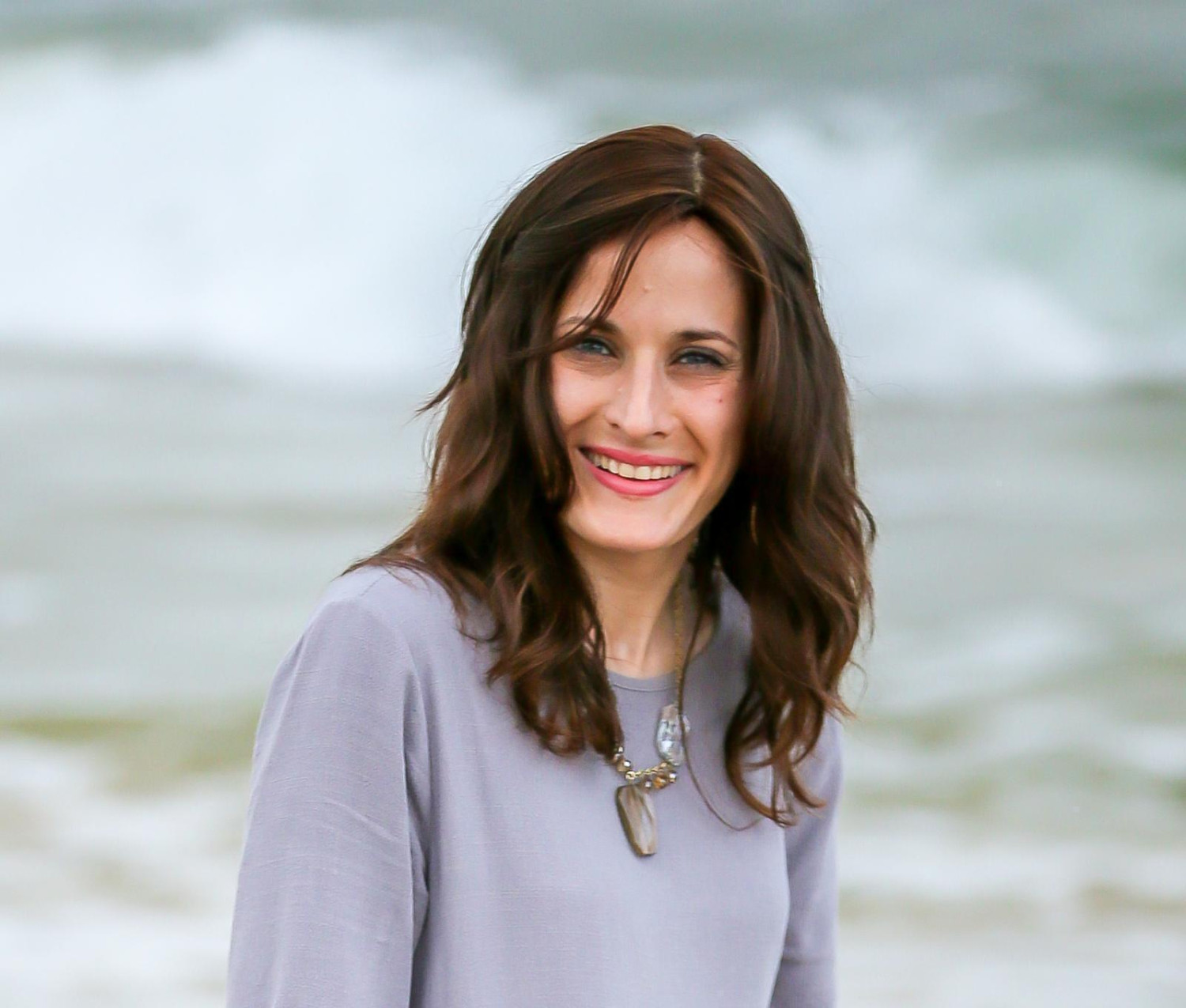
The Moon and Our Mission in Life: The Message of the 15th Day
A word from the desk of Zissel Goldman, Kauai, Hawaii
The 15th of Av is indeed a most auspicious day.
The Jewish nation is compared to the moon and thus ‘carry’ the traits of the moon within; wherein the phases of the moon reflect our mission in life.
From the 1st through the 15th days of the month, the appearance of the moon seemingly increases in size and light. We too are asked to increase in light a bit more each day – continuously striving to be better, to do more…to transform.
On the 15th day of the month the moon is at its fullest and visible in its entirety.
However, on that very same day, the moon is also on the brink of becoming less full, for it now starts to diminish in size and light. This incremental process continues until the end of the month, when the moon is no longer visible and the cycle begins again.
We are meant to always be increasing in life. Ma’alin Ba’kodesh – growing and ascending in spirituality and holiness. Clearly we are not meant to decrease. What then is the lesson for us regarding the second half of each month?
When bringing light into this world, we must recognize that we don’t technically bring our own light into this world, rather, G-d’s light. G-d’s light already exists. Our task is to channel it and facilitate its revelation in this world through our actions.
While the moon appears to be diminishing in size, it is actually drawing closer to its source, the sun; until when fully aligned with its source, we can no longer see any part of it. However, it is at this time that it is renewed to once again continue to reflect its light into the world.
So too, the more we surrender our ego and focus on self-improvement and refinement – recognizing G-d’s hand, our source, in our actions – the more we are able to channel our Divine light.
The 15th day of the month is a bridge between these two distinct lunar phases, embodying the message that we are not meant to simply increase in the quantity of our light, but also and more importantly, in its quality.
The message of the 15th day of Av is thus to continue to increase in our light as we did the day before, but to be a bit less self-absorbed. So that as the light increases, it also becomes brighter and clearer.
Likkutei Sichos, Chelek Lamed Daled,Parshas Va’eschanan p41-50
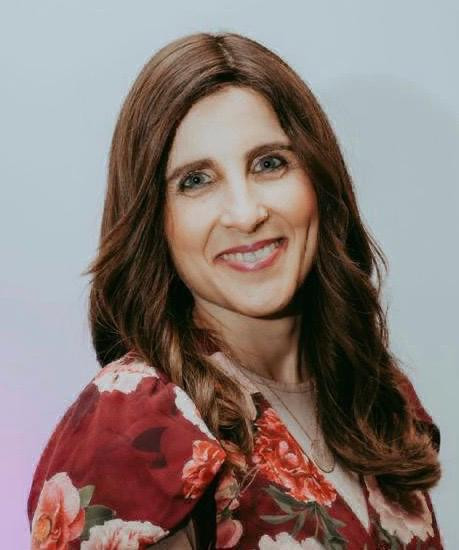
Letting G-d In
A word from the desk of Fruma Schapiro, Sydney, Australia
The Kotzker Rebbe posed the famous question:
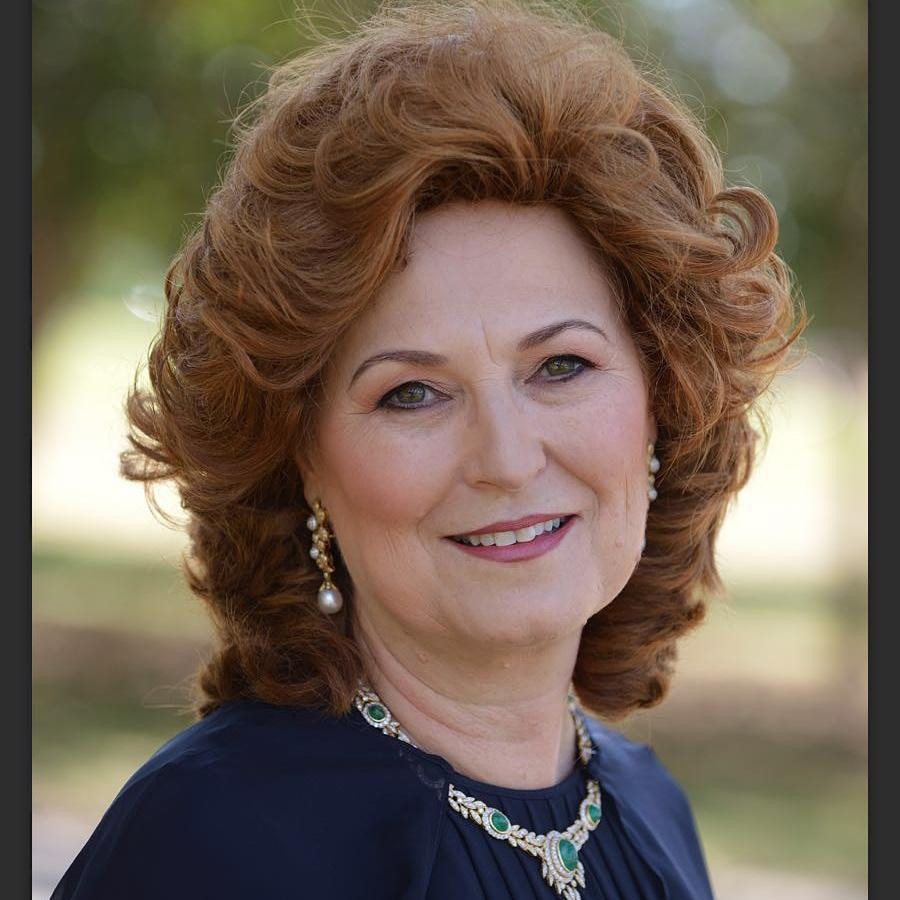
The Prophetess Miriam
A word from the desk of Esther Piekarski, Tel Aviv, Israel
We meet her at age 3, when she first encourages her father Amram to remarry her mother, Yocheved. Miriam prophesizes that their son will lead the Jews out of Egypt.
She, along with her mother is then tasked by Pharaoh, as one of the Jewish midwives, to kill the Jewish male newborns.
Miriam defies his decree, and stands up to him, putting herself in grave danger. Her mother saves her, claiming “she’s just a child”!
We encounter Miriam again, watching over her baby brother, cast into the Nile, waiting to see him to safety. Once the infant Moshe is discovered by Pharaoh’s daughter, Basya, Miriam deftly arranges for his own mother, Yocheved, to be his wet-nurse, ensuring that his primary years are nurtured by family.
We meet Miriam a third time, leading the women in song and dance, with tambourines in their hands, as they celebrate the Exodus from Egypt.
As the Jews enter the desert our Sages tell us that a well providing vital sustenance travelled with them until they entered Israel. This miracle was performed in the merit of Miriam
Finally, we meet her as Miriam speaks about Moshes separating from his wife – an act for which she is punished We mention this event in our daily morning prayers. The Lubavitcher Rebbe asks, “why?”.
The Rebbe explains: Miriam’s intent was to bring Moshe and his wife back together to have another child. She risked punishment willingly, for another child to be born.
This was her focus in life and this is what we are to meant to remember daily: every life is precious. We must do all we can to bring life and there can be no greater goal than to forge and bring together a young couple so that life can continue to grow and the Jewish people to flourish.
Source: שיחת י' שבט תשח
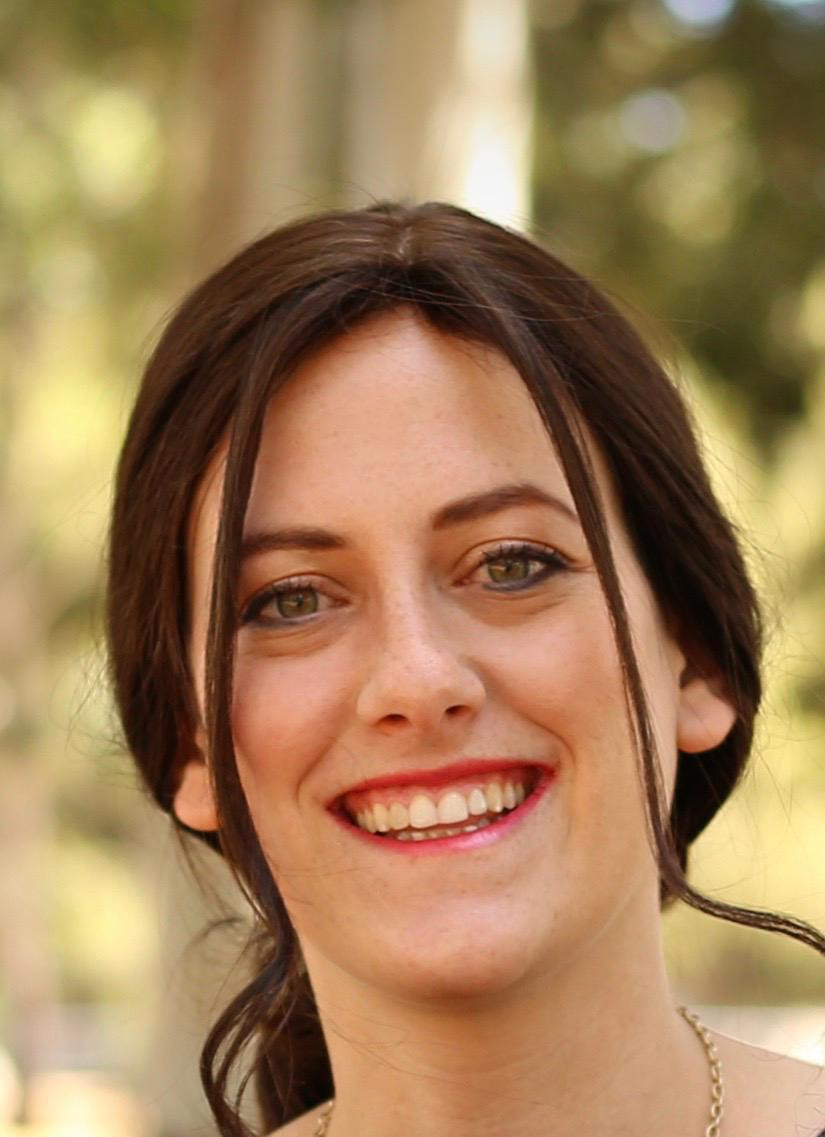
Challah – In Hashem’s Hands
A word from the desk of Temmi Hadar, Johannesburg, South Africa
Let’s start at the very beginning: Bereishis Barah Elokim (Berashis 1:1), “In the beginning, G‑d created…”
The Midrash (Berashis Rabbah 1:4) explains that G‑d created the world in the merit of the mitzvot that are referred to as reishis, first. Separating challah is one of these mitzvos. The dough separated is described as reishis arisoseichem (Bamidbar 15:21), the first of your dough.
What could possibly be so important about separating a piece of dough that the Midrash states that it is one of the purposes of Creation?
Another Midrash (Vayikra Rabbah 15:6) notes that the mitzvah of separating challah is followed by the prohibition of Idolatry. This teaches us that “one who fulfills the mitzvah of separating challah, it is as if he has nullified the worship of idols.” How is this possible? Challah seems to be such a small mitzvah, while idol worship goes against the fundamental beliefs of Judaism?
There are many preliminary steps to making challah. A farmer plows, plants, waters and harvests the wheat, which then must be sifted, milled, packaged and shipped. Thus, while one might mistakenly conclude that the flour is solely the result of one individual’s hard work and effort, it really reflects the collaboration of many.
Bread is also a metaphor for all physicality. Indeed, we even call money “dough”. Just like a farmer can mistakenly think that flour is purely the result of his own talent, it is very easy for people to attribute financial and material success in life exclusively to our own talents and skills.
This is where the mitzvah of challah comes in. By taking a small piece of dough and separating it, one is acknowledging that the dough and all our material successes are not just a result of our own hard work, but rather are blessings from Hashem.
Therefore, the mitzvah of challah negates the idea of idol worship. We often think of idol worship as bowing to crude graven images. But there are other, more subtle forms of idolatry. When we think we are in control, and it’s all about our own hard work, we are worshiping ourselves and placing ourselves above G-d.
Taking challah shatters the illusion that life is all in our own control, and our successes are only due to our own efforts. As we travel our individual paths in life, we all encounter our own personal challenges, finding shidduchim is but one of these struggles. The mitzvah of Challah teaches us to invest all our effort into solving difficulties, but at the same time to separate a piece for Hashem. To understand and believe that ultimately this challenge as well as the solution to all our struggles resides in Hashem’s hands.
Source: Adapted from Likutei Sichos, Vol. 18 pp. 183-185
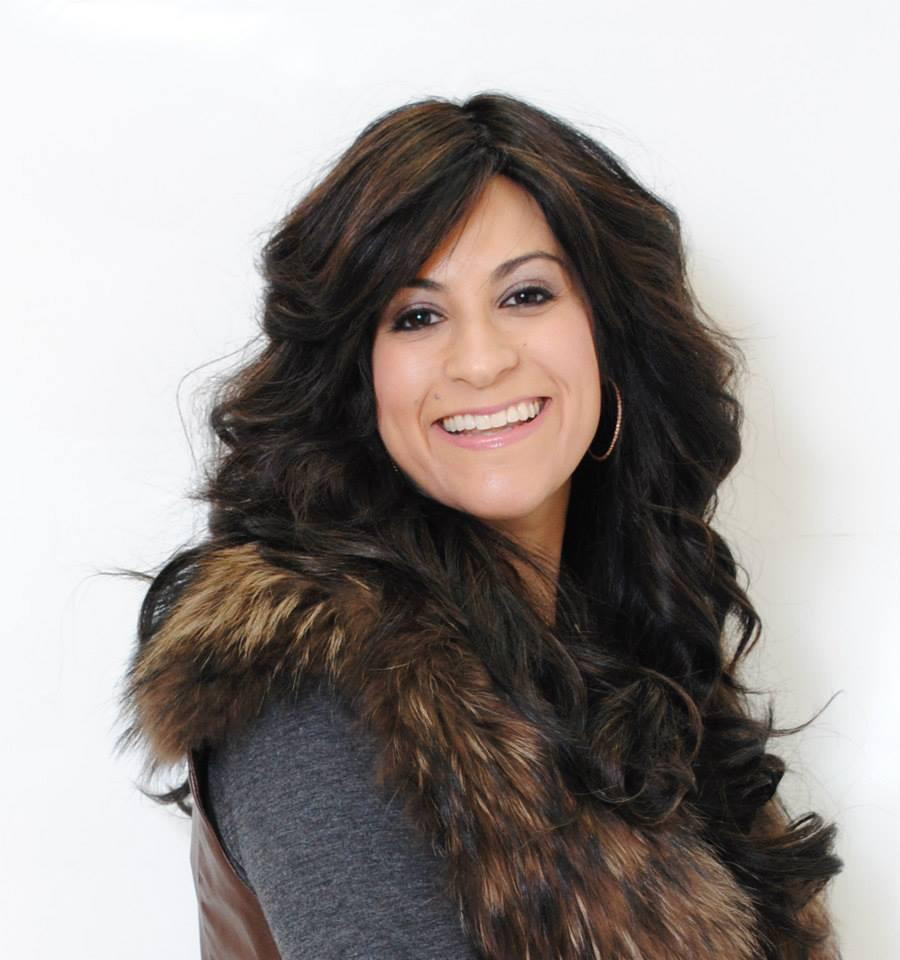
A Moon Full of Hope
A word from the desk of Rachel Jacobs, Birmingham, England
”There was never a day as festive and joyous for the Jewish nation as the 15 of Av and Yom Kippur.” (Taanit 26b)
”What goes up must come down” is a saying with which we are all familiar. But what about the opposite: What goes down must come up? Judaism strongly believes “a descent is experienced for the purpose of an ascent.” This is clearly evident as we approach the greatest holiday of the year – the 15th of Av, lovingly known as Chamisha Asar b’Av—the Jewish holiday when the moon, which mirrors the Jewish people, having descended into darkness at the end of the previous month, returns in full and shines its brightest.
Like the moon we each have our highs and lows; sometimes we feel almost invisible, and other times we experience growth, completion, and wholeness.
Many of the Jewish festivals commence on the fifteenth day of the month. But Chamisha Asar B’Av is perhaps the most special. Av is the month that has all the spiritual energy of renewal and rebirth. After we fall to our lowest on the 9th of Av, Tisha B’Av, when we commemorate the destruction of the Temples, we are, by the 15th, ready to soar. Life depends on change and renewal. The joy of the 15th of Av is that we remember that life is full of ups and downs, but without the downs, we wouldn’t be able to achieve the full potential of the ups. Chamisha Asar b’Av is numerically equivalent to the letters of Ketiva Ve’chatima Tova, the classic Jewish new year greeting. On this day, we begin to look forward to the year ahead, as we reflect on our upside-down moments and use them to give us strength to live the right-side up.
Based on the Rebbe’s Public Address 15 Av 5743(1983)
Bnei Yissochar
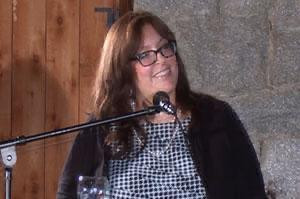
Challah - Bread of Heaven or Earth?
A word from the desk of, Chanie Krasnianski, Manhattan, New York
”A soul may descend into this world for 70 or 80 years just to do a favor for another....a physical favor, and how much more so a spiritual favor!”
-The Baal Shem Tov
About 20 years ago at one of our Chabad House events, a young couple, Emily and Josh (not their real names) won a raffle, a weekly delivery of Challah for an entire year.
Sure enough that Friday their doorbell rang and their first weekly challah had arrived. They peered into the shopping bag and were amazed to find a bag overflowing with Challahs. They had never observed Shabbat before and were confused as to what they should do with all this bread.
Emily called me and I explained the concept of Lechem Mishneh, double loaves at each Shabbat meal. She was intrigued and after a short crash course in lighting candles, making Kiddush and Hamotzi, she decided with “all this bread” she would invite several friends and neighbors to join her Shabbat meal.The next week we spoke again and I explained to her the best way to keep food hot on Shabbat, which led to a lengthy discussion on how to serve a kosher meal. This went on week after week, each time I added a few more details to Shabbat observance and each week her Shabbat dinners became more and more elaborate.
Remarkably, as the year unfolded, they kashered their kitchen and began keeping Shabbat! Soon they were hosting Torah classes in their home. They started keeping Taharat Hamishpacha and she began covering her hair.
Emily and Josh continued to learn, which brought them to the realization that perhaps their marriage ceremony and Ketubah may not have been done in accordance with Jewish law. They brought their Ketubah to the Rabbi for review – a beautiful piece of artwork with magnificent calligraphy. There, clear as day, were the two beautiful words intertwined with ornate design, Chatan v’Kallah. ( Groom and Bride). However, the word Kallah (bride) was misspelled Challah (with a Chet instead of a chof) changing its meaning from bride to Challah bread. Clearly Challah played an oversized role in their life trajectory and served as the catalyst for tremendous transformation and blessing!
On the surface we know that one mitzvah leads to another, and another and another, revealing our essence and giving voice to our soul. However on a deeper level, Challah, with its unique status as one of the three special mitzvot of a woman, represents a fundamental truth. The physical and the spiritual are two sides of the same coin. Challah bridges the gap from the seemingly physical to the absolutely spiritual.
Sarah, our matriarch, had this special blessing in her dough. To quote Weight Watchers, “It’s not what you are eating but what’s eating you!” Or as the Baal Shem Tov taught, “We think we are hungry for food, we are actually hungry for G-dliness.”
Herein can be found the true meaning of Challah; our ability to recognize the holiness and the wholesomeness within each and every thing and the revelation that the physical is the spiritual!
May we all be blessed physically and spiritually and find truly wonderful shidduchim for our children; and may we see them build beautiful homes based on the foundations of Torah and Mitzvot!
Sources:
Shemos 16:2 Rashi
Ethics from our Father 4:2
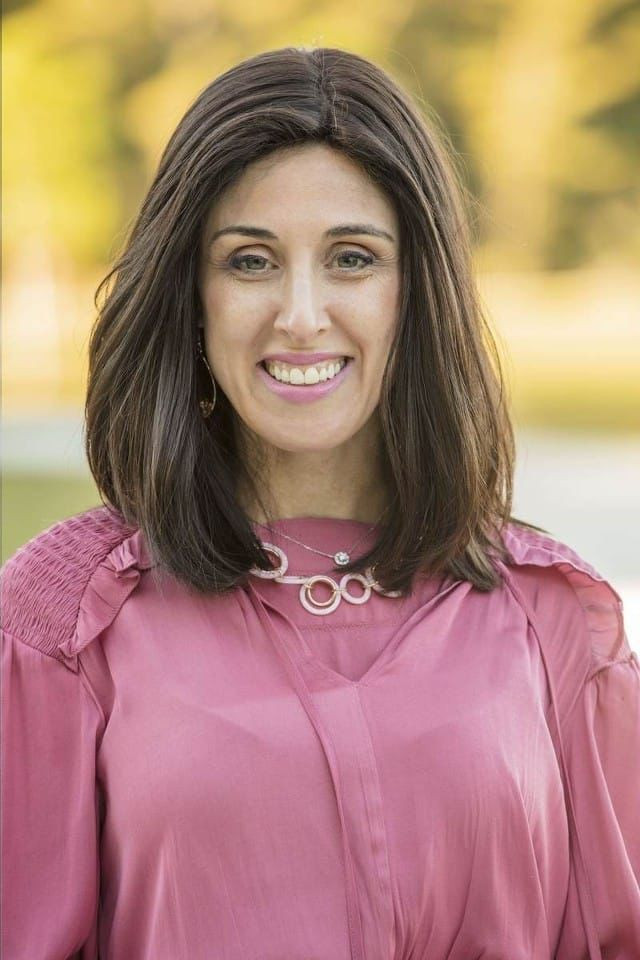
No Two Challahs Are Alike
A word from the desk of Rochel Holzkenner, Fort Lauderdale, Florida
“Your Challah is delicious this week, Mommy”! I’ll take those awkward and backhanded compliments. Tasty challah is always a reason to celebrate.
Have you ever wondered about challah discrepancies? We all use the same seven simple ingredients: water, yeast, sugar, flour, eggs, oil and salt – yet each batch is different. How vast are variations and permutations of seven ingredients? I envy those holy ladies whose challah always pops out of the oven in the perfect soft and smooth texture, and, of course, with a crispy crust.
Kabbalah tells us that each soul is composed of seven middos - emotions. These middos form our persona and are the drivers that steer the course of our lives. Like challah, we all possess the same seven middos, but we are all profoundly different. A little more chesed - attraction in me, a stronger sense of gevurah - boundaries in you, are the subtle differences that make the distinction in our unique weltanschauung (worldview) and our unique soul print.
Just like my fingerprint can’t unlock your phone, my soul print can’t unlock your potential. But yours can! Life calls upon us to utilize our middos and develop them; taking them from self-oriented emotions to mission-oriented emotions. Deciding to keep Shabbos when none of your friends keep it, grows your middah of netzach - tenacity. Pushing back on a feeling of inadequacy that threatened to erode your joy in life develops gevurah - mental discipline. Having the faith that Hashem will open a path of success even when you’ve been disappointed - requires flexing every emotional muscle you’ve got.
Hashem created the world in a way that each and every human being would have their own unique look; it is impossible for any two people in the entire universe to be identical even if they look similar! This teaches us that every person has a unique personal mission, but no one has that same mission. This unique mission is absolutely essential in the fulfilment of the ultimate purpose of creation.
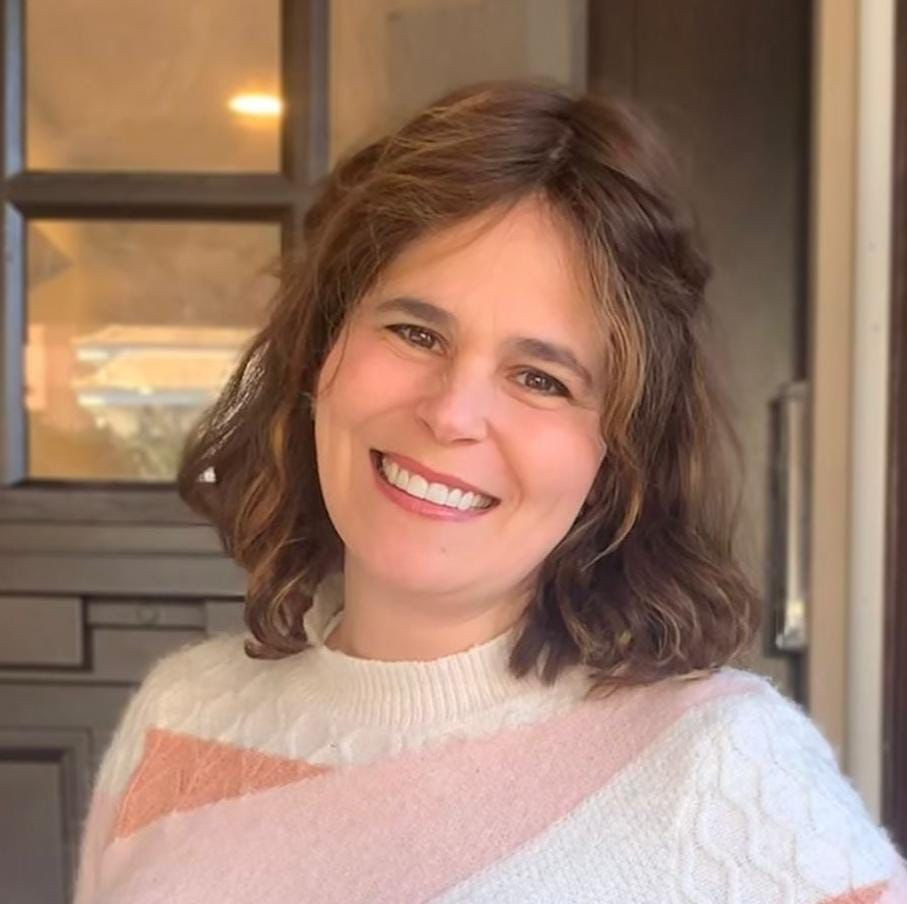
The Wondrous Blessing of Flour Mixed with Water
A word from the desk of Shterna Ginsburg, Brooklyn, New York
”Give the first of your dough to the Kohain, to bring blessing into your home.”
(Yechezkel 44:30)
Of the twenty-four gifts that are offered to Kohanim, this gift, the first of our bread dough, is singled out as a source of blessing. Why is that?
The primary ingredient of bread dough is flour. When we look at a cup of flour, we see many separate, individual granules of wheat.
By contrast, water represents oneness - unity. Water retains its true characteristics even as it flows from a high place to a lower reservoir. (Taanis 7:1)
As soon as we add water to flour, the discrete granules of flour transform into one unified form – a piece of dough that will be Challah.
Flour and water represent two opposite ways of viewing ourselves.
Flour says, “I am my own entity, separate from Hashem; powered by my Self.”
By contrast, Water says, “I am never on my own. I am empowered by Hashem, and as I strive to fulfill my life’s purpose, He is always with me.”
When we are like “flour,” we look at our challenges and we feel alone, disempowered and helpless. But that is not a dead end; it’s our cue to roll up our sleeves and make Challah! We start with pouring “water” into our mix – soaking up the reassurance and encouragement of Hashem’s loving Presence in our lives.
Challah represents our journey from “powered by Self” to “powered by Hashem.” Striving for this transformation is how we invite an abundant flow of blessings into our homes, our lives, and the world.
As we prepare to bake challah together, may we all experience Hashem’s loving Presence in our lives with revealed blessings rising in all for which we pray, and with goodness beyond our best dreams!
Based on the Lubavitcher Rebbe’s ma’amar “Reishis Arisoseichem” 5729
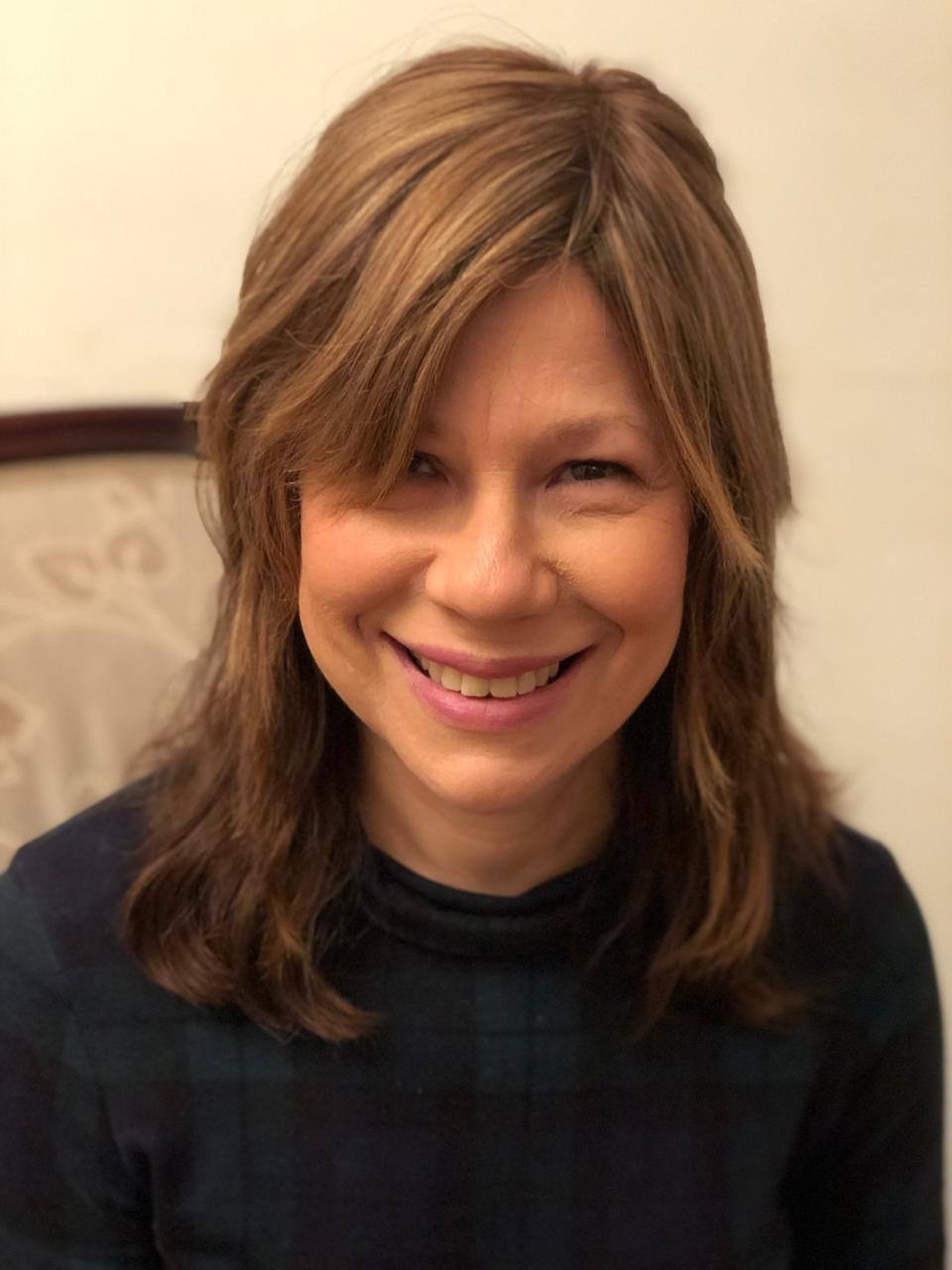
Yearning for Moshiach A Tisha B’Av Reflection
A word from the desk of Chaya Schildkraut, S.Paulo, Brazil
Tisha B’Av represents the saddest of days in the annual Jewish cycle, when we contemplate the bitter Golus (Exile) and our souls yearn for hopeful signs of the ultimate Redemption.
The Tzaddik, Reb Yisroel of Ruzhin was wont to recount a story of the revered Shpoler Zeide.
The beloved Defender of the Jewish people would plead before the Al-Mighty: “Ribono shel Olam! For the sake of winning an argument, must your Children suffer this endless Golus? B’nai Yisroel cry out ‘hashiveynu Aylecho (bring us back to You)…ve’nashuvoh (and we will return)’; while Hashem says: ‘Shuvu Aylai (Repent and return to Me) ve’Ashuva aleychem (and I will return to you and end the Exile)’. Does it really matter if the Father comes to the children or the children come to the Father? Can being “right” justify this terrible ordeal?” And then, the Shpoler Zeide would conclude by warning that the B’nai Yisroel, Hashem’s precious children would never do teshuva before Hashem delivered them into Redemption.
The Ruhziner would then add:
This I promise: “when Melech Ha’Moshiach – the Redeemer of the People of Israel – arrives, every Jewish neshomo will immediately do Teshuvah”. This, explained Reb Yisroel, would reflect the true chronology…For Hashem decreed the four periods of Exile to Avrohom Avinu even before the Jewish people transgressed any of the mitztvos. It therefore follows, concluded the Ruhziner, that the Geula – the ultimate Redemption – should precede and in effect, serve as the guarantor of the Teshuva of the Jewish people.
May we merit the Geulah Shleima speedily in our time, when every day will be as holy and joyous as the 15th of Av in whose honour we unite around the world and partake in the mitzvah of Hafroshos Challah.
Source: Sipurei Chassidim
- 1